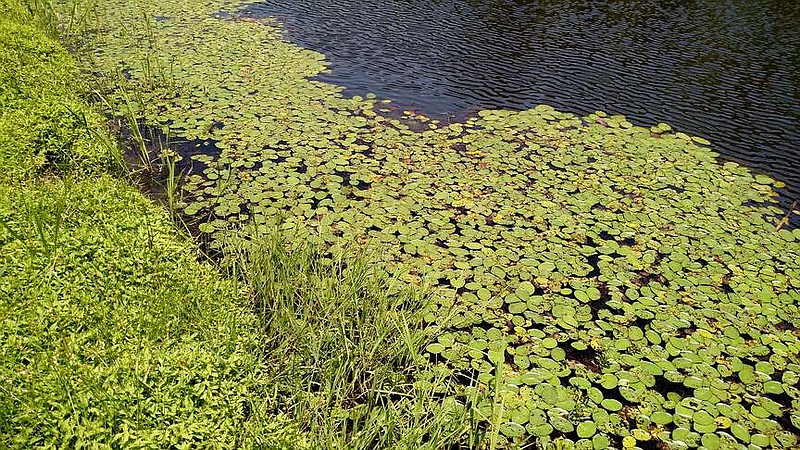PINE BLUFF -- About 90% of land in Arkansas is privately owned. While this is a tremendous opportunity for residents to own tracts of land with abundant wildlife, it also leaves the vast majority of natural resources in the hands of independent individuals with different interests, goals and means to carry out management, according to Scott Jones, small impoundment Extension specialist at the University of Arkansas Pine Bluff.
Agency-led educational programs, publications, workshops and site visits help inform landowners on sound management practices, but the financial burden of even basic management actions can be significant, Jones said in a news release.
The Arkansas Game and Fish Commission has approved a new Conservation Incentive Program for 2024 that awards private landowners up to $10,000 for improving the management of, or access to, natural resources on their property. The program supports improving habitat for waterfowl, control of terrestrial and aquatic invasive species, shoreline stabilization and public fishing access.
"There are two incentives most relevant to private lake and pond owners. One will, for many, sound unappealing," he said. "But, considering the benefits gained for the investment given, it may be attractive for some."
Owners of impoundments at least 10 surface acres in area that allow specially permitted anglers access to fish their property can be awarded between $25 to $125 per acre of impoundment (up to $10,000 max) based on duration of the fishing season (3-12 months) and amenities on site (degree of boat access).
The number of anglers permitted to fish a location is limited by the size of the impoundment and they may only access the site on Saturdays and Sundays. Only one permitted-angler plus one guest is allowed for a 10-to-24-acre impoundment. Up to 10 permitted anglers plus one guest each may be drawn to fish impoundments 200 acres or larger.
"Landowners applying to the program will receive a consultation with a AGFC fisheries biologist to collaboratively develop daily harvest and length limits for available fish species," Jones said. "Landowners may negotiate specific rules so long as they do not interfere with the goals of the program or access to fishing."
The AGFC will install signage and make monthly visits to the site to pick up trash and ensure the property is maintained in good condition. The maximum duration of the season, and public access to the site, is 12 months and owners can re-apply to the program after the active season is expired.
Other than the financial support that can be put towards fishery or property management tasks, permitted anglers can also help a landowner perform beneficial fish harvest. Many, if not most, ponds in Arkansas are chronically under-harvested resulting in poor growth and maximum size of many fish species due to overpopulation.
"Harvesting fish increases the share of resources available to each remaining fish, allowing them to grow faster and larger than they would before the harvest began. Harvesting enough fish, especially from larger impoundments, can actually be a bit of work for a single owner to achieve for all species," he said. "Having a few permitted anglers over the weekend to help perform biologist-approved and monitored harvest can be quite beneficial for your under-utilized fishery."
One large matter of concern for many landowners will be liability. Enrolled landowner and state liability is explained in Arkansas Code 18-11-301, known as the Arkansas Recreational Immunity Statutes.
The other incentive that may be of interest to private impoundment owners is financial assistance to fight invasive plants. Eligible plant species and information can be found at:
https://bit.ly/49GKqQG
Minimum impoundment size is 1 surface acre, with AGFC covering 75% of herbicide and application costs up to $10,000 per landowner. Landowners must follow herbicide label instructions in accordance with a management plan developed by AGFC.
"Other program incentives include financial support for stream shoreline stabilization, feral hog trapping, prescribed burning and firebreak establishment, upland hardwood and pine forest management and three incentives focused on waterfowl habitat related to winter-flooding rice fields, forest management on green tree reservoirs and wetland habitat management," Jones said.
Full program details and enrollment links can be found at:
https://bit.ly/49DRU79
For more information, call Jones at 870-575-8185 or email [email protected].
